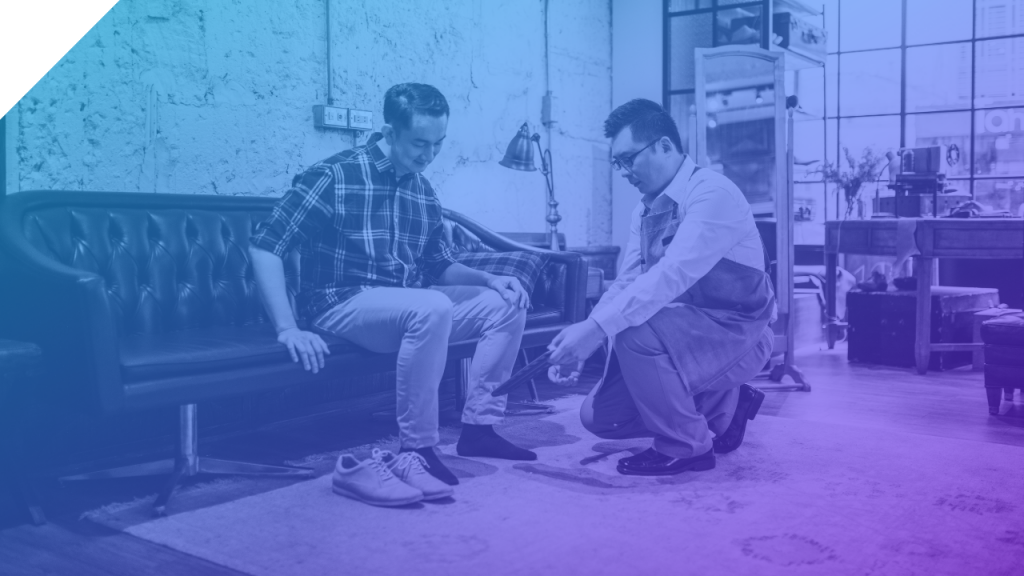Personalisation: What Does Good Look Like?
A Simple Scenario…
Imagine you are a valued customer at a luxury hotel chain, Five Seasons. You have just arrived in New York for an extended business trip. What happens next is pure magic: the moment you step in, the staff greets you by name, your favourite pillows are waiting in your room, and your preferred restaurant is already reserved. It is like a five-star dream come true. But how do they pull off such a personalised experience? It all boils down to knowing you well, asking the right questions, and remembering your preferences.
Now, you might be thinking, “That is all well and good for a high-end hotel, but my business is quite different, and I have a vast customer base to cater to.”
It is true, not everyone can replicate the Five Star Hotel approach, especially when dealing with millions of customers. That is where the concept of “personalisation at scale” comes into play.
Personalisation at scale means organising your customers into groups based on their similarities. This allows you to deliver tailored information and experiences that feel personal without crossing the line of personal privacy. Most importantly, it is a highly efficient way to connect with your customers on a larger scale, making each interaction count.
Personalisation has been something of a mission statement for a lot of marketing departments in the past few years. And while this lofty ambition often boils down to getting the right message, to the right person and the right time…too many of you reading have probably not got further than personalising the {NAME} in your emails.
The ability to understand and respond to individual preferences at a mass level not only fosters customer loyalty but also drives engagement and revenue. Here are four great industry examples of just how effective personalisation can be.
grammarly
grammarly, an app that helps catch grammar mistakes and improve writing, sends weekly reports to users on how their writing has improved, but it also pits them against the rest of the user base. In feeding back user’s own stats they encourage repeat usage, highlight personal improvement and move the app away from simply being a transactional tool to a valued resource.
Marie Curie
The Great Daffodil Appeal gathered supporter’s geolocation data and matched it to Marie Curie’s database of collection sites. This information was used to integrate a real-time personalised map into an email campaign, showing the supporter’s nearest collection sites. The charity’s marketers then used modelling to derive a target population and drive persona-driven content based on their collection history and previous interactions with Marie Curie.
Cadbury
Customers opted in and would receive a personalised video incorporating photos from their Facebook profile. Cadbury used profile data to match the user with a specially chosen chocolate bar flavour. The campaign achieved a 65% click-through rate and had more than a third of users converting, but this was a major boost in proving the concept of online being a viable platform for confectionery sales.
Starbucks Coffee
By seamlessly merging the brand’s rewards programme with the convenience of customising and ordering drinks through their app, Starbucks is able to leverage data like purchase history and location to offer a highly personalised experiences. The app consistently facilitates approximately 6 million monthly sales, constituting approximately 22% of all sales in the United States.
Conclusion
No matter your business, personalisation can help you get, keep and grow your customer base. If you are a marketer looking for smarter and more effective ways to enhance your personalisation strategy, combine data from multiple sources or create automated workflows…you need the right data and that’s where 173tech can help. Get in touch with a friendly member of our team today.


